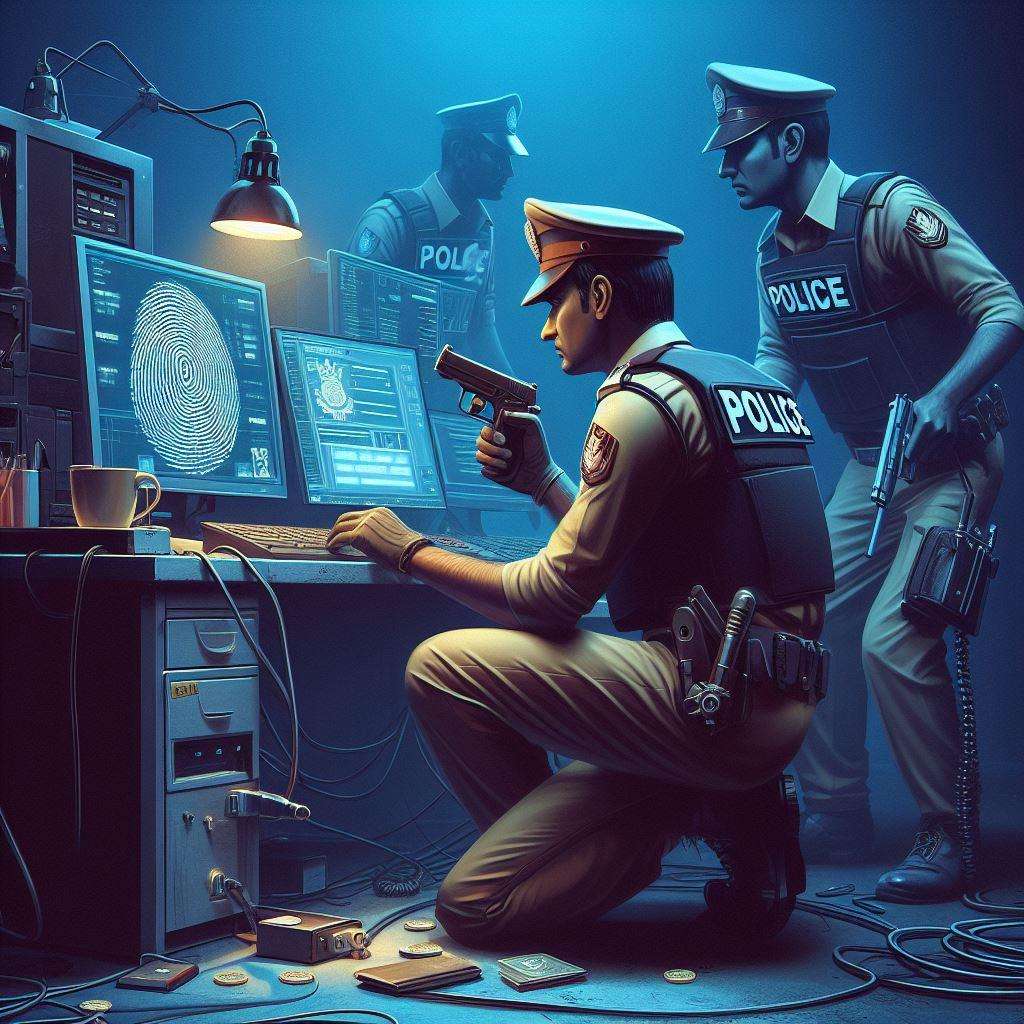Unveiling the Power of Crime GPT – Revolutionizing Crime Investigation: UP Police Implements Crime GPT Technology
At the heart of this transformation is Crime GPT, an AI-powered tool designed to augment the capabilities of the UP Police. Think of it as an intelligent assistant with the ability to sift through mountains of data with ease, whether it’s scanning through hours of CCTV footage or cross-referencing databases in a blink. The promise here is clear: faster identification of criminals, which could drastically reduce investigation times and lead to quicker resolutions.
But how does Crime GPT work, you might ask? Imagine feeding this tool with raw data: everything from digital footprints to eyewitess accounts. Crime GPT then uses its advanced algorithms to process this information, recognize patterns, and even make connections that might take a human investigator days, if not longer, to identify. This isn’t just about speed; it’s about supercharging the investigative process with accuracy and insights that could easily be missed by the human eye.

A Leap Towards Futuristic Policing
For the UP Police, embracing Crime GPT represents a bold stride towards futuristic policing. By harnessing the power of artificial intelligence, law enforcement can now look forward to solving cases with a level of efficiency previously deemed impossible. This is not just about cracking down on petty crime; it’s about tackling everything from thefts and frauds to more serious criminal enterprises with unprecedented speed and precision.
The implications are profound. A faster identification and apprehension of criminals not only means a higher chance of preventing further crimes but also reinforces public trust in law enforcement agencies. In the broader scheme, this could significantly deter criminal activities, contributing to a safer and more secure environment for the citizens of Uttar Pradesh.
Beyond the Basics: The Far-reaching Implications
However, the benefits of Crime GPT extend far beyond just the immediate need for speed. This tool also offers an opportunity for the UP Police to delve into predictive policing. By analyzing patterns and trends from the data, law enforcement can now forecast potential criminal hotspots and deploy resources more strategically, effectively nipping potential crimes in the bud.
Moreover, with Crime GPT, the UP Police can ensure a more transparent and accountable system. Every piece of data analyzed and every connection made by the AI can be logged and reviewed, offering a level of oversight that’s both necessary and welcomed in the modern age of policing.
Embrace the Change, Secure the Future
The introduction of Crime GPT by the Uttar Pradesh Police is a watershed moment in Indian law enforcement—a leap into the future where technology stands as a formidable ally in the fight against crime. But as we embark on this exciting journey, it’s also crucial to address the potential challenges head-on, from safeguarding against biases in AI algorithms to maintaining the privacy and rights of individuals.
For the citizens of Uttar Pradesh, this advancement brings hope for a safer tomorrow. And for the criminals? A clear message: the UP Police now has an ally that never sleeps, one that’s faster, more efficient, and always one step ahead.
As this technology evolves and becomes more integrated into daily policing work, the potential for transformative change in public safety is enormous. The UP Police’s pioneering move to implement Crime GPT could indeed serve as a blueprint for other states and countries, setting a new global standard in law enforcement.
In embracing Crime GPT, the Uttar Pradesh Police is not just changing how they fight crime; they’re redefining what’s possible. And as we stand on the brink of this new era in policing, one thing is clear: the future of law enforcement looks brighter, smarter, and undoubtedly safer.

